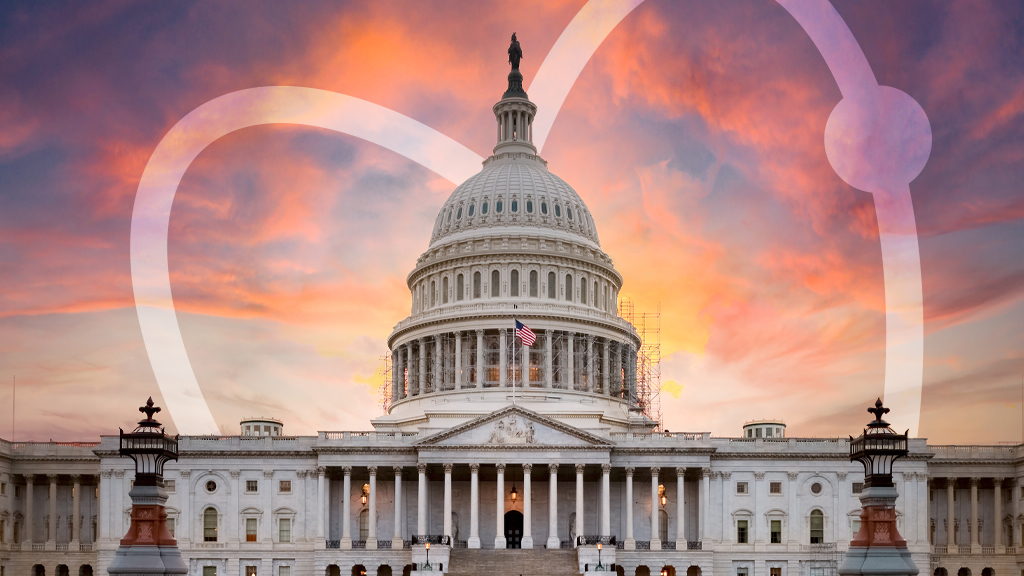Teacher Tip Tuesday: Making the Most of Attending an NSTA Conference - New Orleans 2024, October 15, 2024
In this web seminar participants will learn:
In this web seminar participants will learn:
In this web seminar participants will learn:
In this web seminar participants will learn:
In this web seminar participants will learn:





